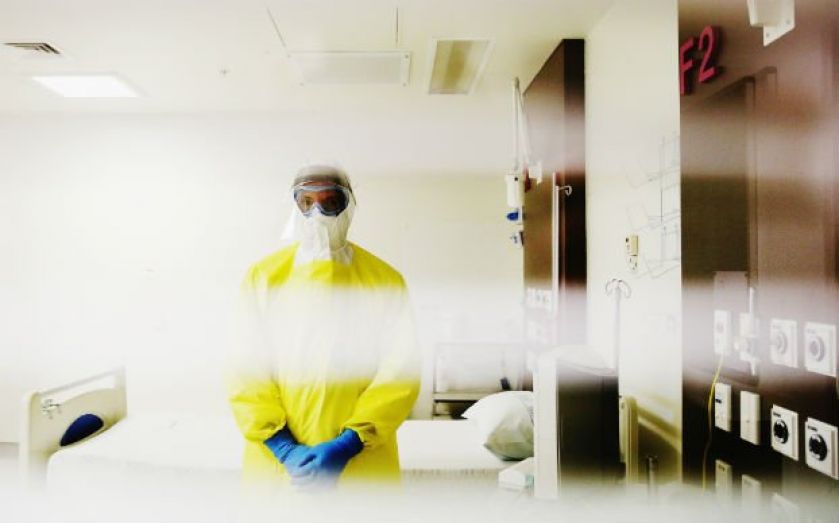| Updated:
How to stop the Ebola virus spreading and end the epidemic: Concentrate on the sickest patients, say researchers

West Africa is currently in the midst of an Ebola epidemic that has already claimed the lives of almost 5,000 people.
It is the deadliest outbreak of the disease ever recorded and according to the latest figures released by the World Health Organisation (WHO) it has caused 10,114 infections and 4,912 deaths since it began in December last year.
The majority of these have occurred in Guinea, Liberia and Sierra Leone, with only a handful of cases occurring in the US and European countries.
Liberia has been hit the hardest – more than 3,500 infections and 2,000 deaths have occurred there in the past three months, and the number of new cases per week surpasses that in Guinea or Sierra Leone.
And it continues to spread at a rapid rate now – earlier this month the WHO estimated that there could be as many as 10,000 new cases each week by December.
How to stop the spread: Isolate the sickest
A number of news reports have described how infected people are sometimes turned away from hospitals in the affected countries because there is not enough room available to look after them.
With limited space and medical staff, it is important for resources to be allocated in the most effective way possible for minimising the spread of the disease.
A team of researchers at Yale developed a random transmission model for determining how disease progression and case fatality affect transmission, and how patient isolation could achieve disease elimination.
The results, published in the journal the Annals of Internal Medicine, show that non-survivors of the disease (who are the most contagious) harbour 100 times more of the virus than less infectious survivors do, and that the non-survivors also show the most severe symptoms. The viral load stayed the same throughout the infection for non-survivors, and there was a constant 67 per cent chance of infecting another person.
By comparison, in survivors the viral load peaked approximately four days after the initial development of symptoms and then declined. The chance that they would infect another person was found to be 32 per cent.
Since the risk of transmitting the virus depends on the amount of virus present in the infected person, the researchers concluded that isolating the most severely ill individuals (the likely non-survivors) within four days of symptom onset could achieve disease elimination in Liberia. It could “effectively eliminate the Ebola epidemic in Liberia,” the report said.